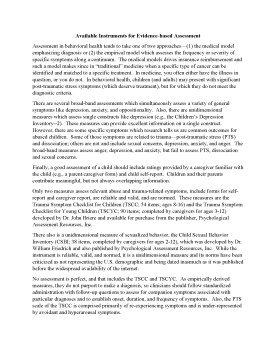
Available Instruments for Evidence-Based Assessment at a CAC
Offers information for CAC workers on the available instruments for evidence-based assessment.
The following resources on child trauma were developed by the NCTSN. To find a specific topic or resource, enter keywords in the search box, or filter by resource type, trauma type, language, or audience.

Offers information for CAC workers on the available instruments for evidence-based assessment.
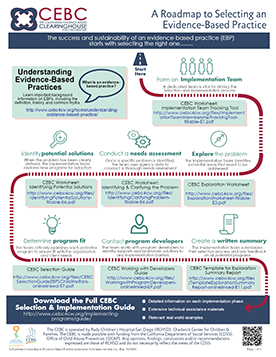
Offers different resources for CAC workers implementing evidence-based treatment.
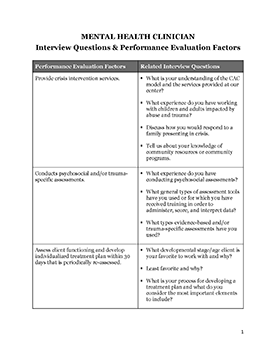
is a compilation of samples that CAC's can use to best support the decision about in house mental health services versus linking to outside agencies.
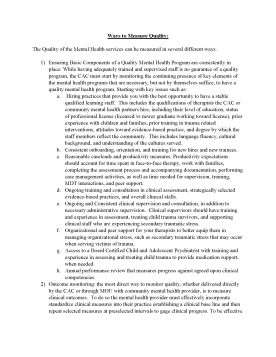
Is a compilation of resources to help CAC workers monitor the quality of the mental health component at their CAC.
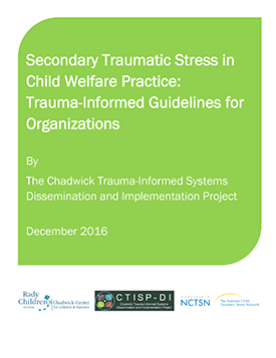
Offers additional resources on secondary traumatic stress for CAC workers.
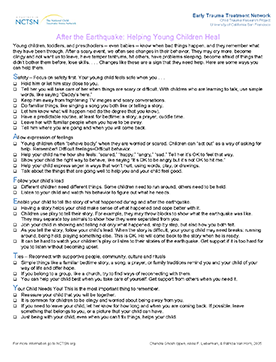
Provides information on how parents can help their young children cope with the aftermath of an earthquake.

Assists mental health agencies with navigating and understanding The California Evidence-Based Clearinghouse for Child Welfare (CEBC) website.
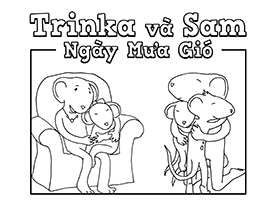
Offers parents and caregivers a way to talk with their children about hurricanes. This children’s book describes some of Trinka's and Sam’s reactions to a hurricane, talks about how their parents help them express their feelings and feel safer.
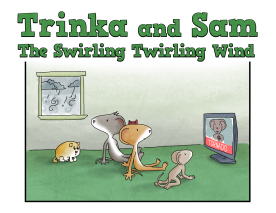
Offers parents and caregivers a way to talk with their children about tornadoes. This children’s book describes some of Trinka's and Sam’s reactions to a tornado, talks about how their parents help them express their feelings and feel safer.
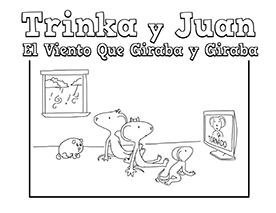
Offers parents and caregivers a way to talk with their children about tornadoes. This children’s book describes some of Trinka's and Sam’s reactions to a tornado, talks about how their parents help them express their feelings and feel safer.

Makes it easy to provide quality support to survivors. Users can navigate pre-deployment preparation, on-the-ground assistance, post-deployment resources, and more—at the touch of a button from the home screen.

Informs policymakers and the public about the costs of child trauma, child maltreatment, and adversity.